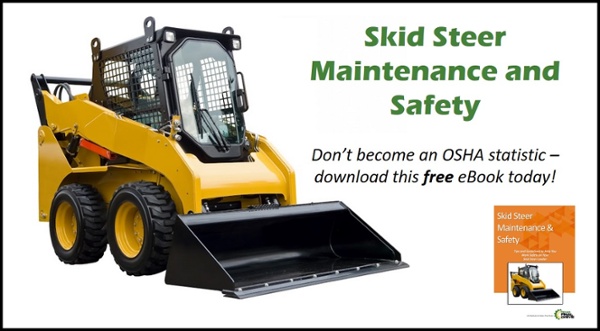Preventive maintenance ensures the longevity and efficient performance of the hydraulic systems that provide power and functionality to your compact equipment. This Shop Talk Blog post reviews a checklist of routine maintenance tasks to minimize wear and tear, leaks, and other common issues.
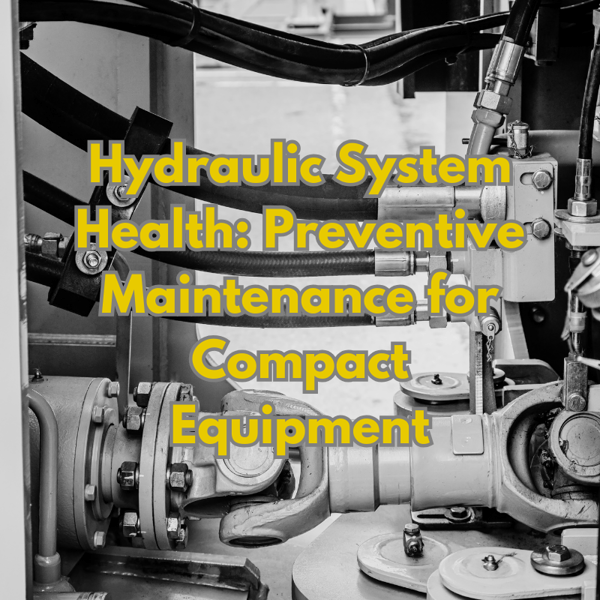
Here are a few other Shop Talk Blog posts you might find helpful:
- Hints for Inspecting a Used Compact Excavator
- Preventive Maintenance and Compact Equipment
- Skid Steer Maintenance Safety
Let's break down preventive maintenance into six categories: daily, weekly, monthly, quarterly, annually, and as needed.
Daily Maintenance Tasks
Some hydraulic maintenance tasks should be performed whenever you use your equipment and don’t take very long.
- Perform a visual inspection to check for damaged hoses, loose fittings, and visible leaks
- Monitor fluid temperature to ensure it’s within an acceptable range
- Check the pressure gauges to verify that everything is within normal range
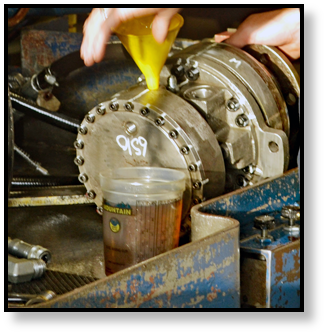
Weekly Maintenance Tasks
Every week, we recommend …
- Checking hydraulic fluid levels and top off fluid levels as needed.
- Inspecting hydraulic filters (including breather caps and fill screens) for signs of contamination or clogs and replacing them as necessary -- and this includes case drain filters (when applicable)
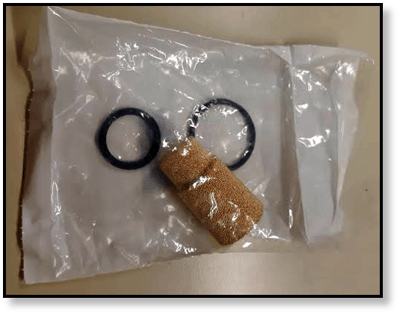
Monthly Maintenance Tasks
Once a month, it’s a good idea to ...
- Perform a hose inspection to check for signs of wear, abrasion, and bulges and replace any damaged hoses
- Verify that fittings are snug (but not too tight!)
- Test all valves for proper operation and responsiveness
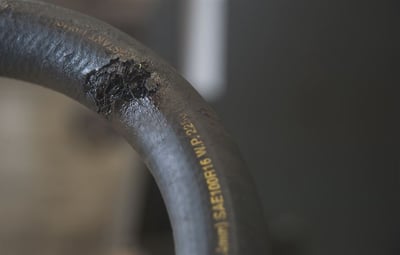
Quarterly Maintenace Tasks
Every quarter, we recommend …
- Collecting hydraulic fluid samples for analysis and analyzing fluid for contamination, viscosity, and overall condition
- Following the recommendations from the analysis for fluid replacement or filtration
- Inspect hydraulic seals for signs of wear or leaks and replace any worn seals
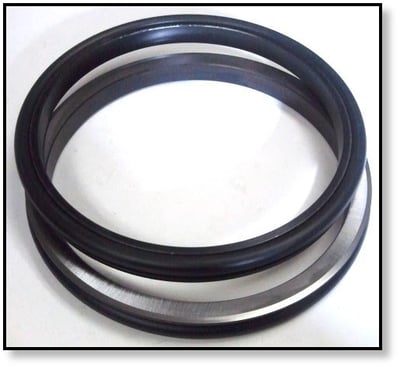
Annual Maintenance Tasks
Once a year, you should …
- Drain and replace the hydraulic fluid according to the manufacturer's specifications (some experts recommend this be done every 1,000 hours of operation)
- Clean the hydraulic reservoir and components during fluid replacement
- Conduct a pressure test to ensure the system operates within safe limits
- Lubricate all necessary components, including bearings and moving parts

As-Needed Maintenance Tasks
Emergency repairs fall under the category of as-needed maintenance, and we always encourage our customers to address any unexpected issues -- like leaks or new noises -- right away. We also highly recommend maintaining detailed records of all maintenance tasks, repairs, and part replacements.
Summary
Remember that the frequency of these maintenance tasks may vary depending on the specific hydraulic equipment, its usage, and the manufacturer's recommendations. Always follow the manufacturer's maintenance guidelines and consult with qualified personnel for complex maintenance procedures.


